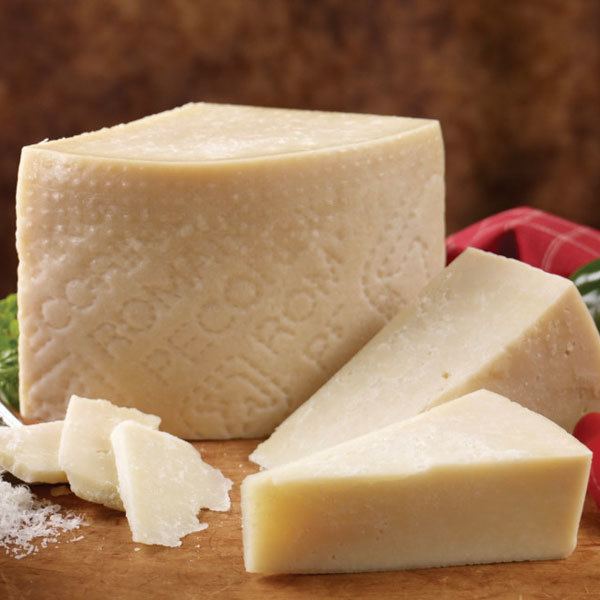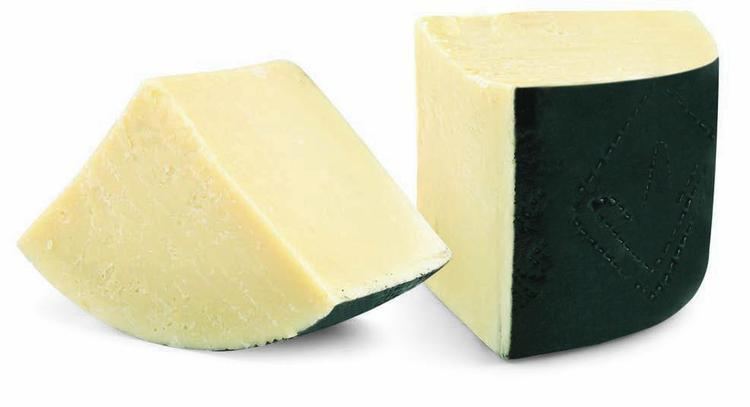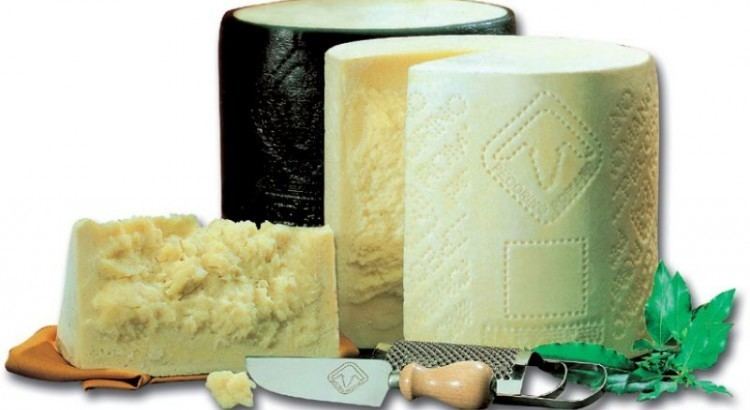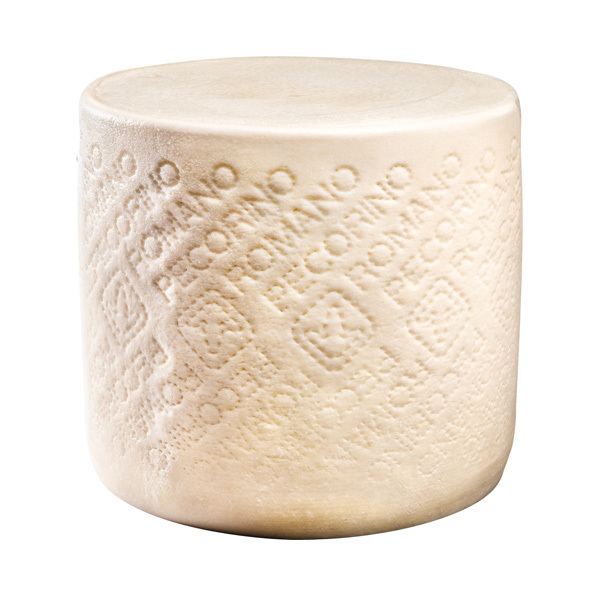Source of milk Sheep Aging time 5 months or more Milk source Sheep Region of origin Sardinia, Tuscany, Lazio Texture Hard and very crumbly | Pasteurised Yes Certification Certification PDO 1996 Country of origin Italy Rind Natural Aging 5+ months | |
 | ||
Region, town Sardinia, Lazio, and Province of Grosseto (Tuscany) Similar Cheese, Pecorino, Romano cheese, Water, Asiago cheese | ||
Pecorino romano dop english version
Pecorino Romano ([pekoˌriːno roˈmaːno]) is a hard, salty Italian cheese, often used for grating, made out of sheep's milk (the Italian word pecora, from which the name derives, means sheep). Pecorino Romano was a staple in the diet for the legionaries of ancient Rome.
Contents

Today, it is still made according to the original recipe and is one of Italy's oldest cheeses. Most of its production occurs in Sardinia. On the first of May, Roman families traditionally eat pecorino with fresh fava beans during a daily excursion in the Roman Campagna. It is mostly used in Central and Southern Italy.

Cheese chat pecorino romano
Overview

Pecorino Romano cheese, whose method of production was first described by Latin authors such as Varro and Pliny the Elder about 2,000 years ago, was first created in the countryside around Rome. Its long-term storage capacity led to it be used for marching Roman legions' rations. A daily ration of 27 grams was established to be given to the legionaries, as a supplement to the bread and farro soup. This cheese gave back strength and vigour to tired soldiers, giving them a high-energy food that was easy to digest. It was produced in Latium up to 1884 when, due to the prohibition issued by the city council of salting the cheese inside their shops in Rome, many producers moved to the island of Sardinia.
It is produced exclusively from the milk of sheep raised on the plains of Lazio and in Sardinia. Most of the cheese is now produced on the island, especially in Gavoi. Pecorino Romano must be made with lamb rennet paste derived exclusively from animals raised in the same production area, and is therefore not compatible with vegetarianism.
Pecorino Romano is most often used on pasta dishes, like the better-known Parmigiano Reggiano. Its distinctive aromatic, pleasantly sharp, very salty flavour means that in Italian cuisine, it is preferred for some pasta dishes with highly flavoured sauces, especially those of Roman origin, such as bucatini all'amatriciana or spaghetti alla carbonara. The sharpness depends on the period of maturation, which varies from five months for a table cheese to eight months or longer for a grating cheese.
It should not be confused with pecorino Toscano (from Tuscany) or pecorino Sardo (from Sardinia). Unlike pecorino Romano, these cheeses (which are not particularly salty) are generally eaten by themselves or in sandwiches. Many stores in the United States sell "Romano cheese", which should not be confused for genuine pecorino Romano which is an Italian product recognized and protected by the laws of the European Community. Unlike the Italian cheese, American Romano is milder and uses cow's milk instead of sheep's milk.
